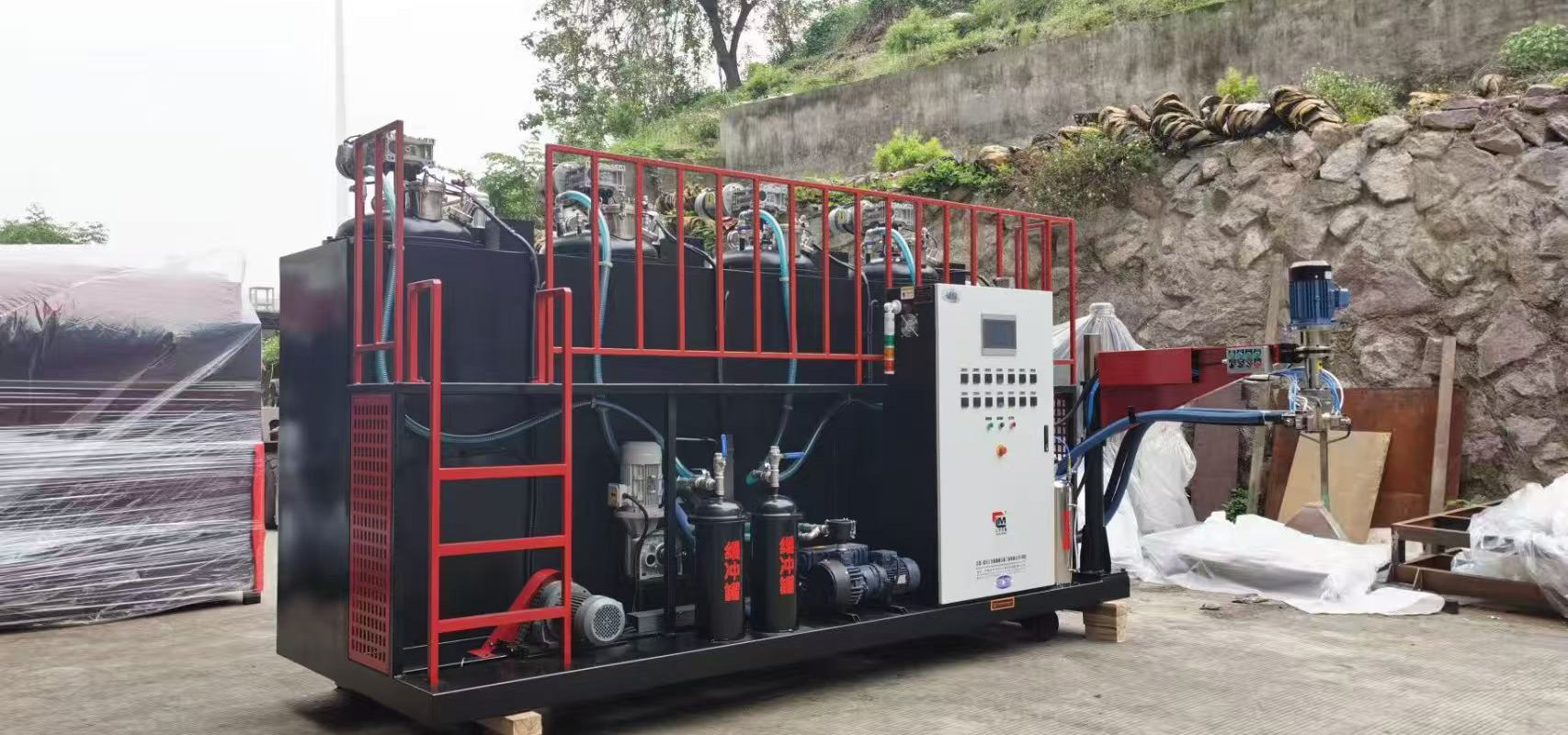
A whole new world of possibilities
Combining our extensive expertise in multi-component resin dosing systems, composite processing, and leveraging our capabilities in managing new chemical systems, we have developed a new range of systems to process pDCPD that utilize RIM and HP-RTM composite technologies, both at high output flow rates for large components and at lower output flow rates for smaller or complex parts.
No faults in the matrix
The chosen matrix influences the overall properties of the final product. Epoxy resins are currently the most common in composite applications, but the new pDCPD blends offer interesting alternatives.
PDCPD attaches to the support fibers, which was previously difficult to do; its low viscosity allows high flow rates, meaning the matrix can better impregnate the fibers in the mold. The tensile and flexural strength of the material can be controlled by choosing different layers of support fibers that will form the stack, from natural fibers to carbon.
Properties of DCPD
High strength, ductility and toughness
Excellent impact and fatigue resistance
Resistant to exposure to harsh chemicals and environments
Low moisture absorption
Everything you need to handle pDCPD
We focus on the company's professional research, development and production of various types of polyurethane elastomer casting machines, polyurethane foaming equipment and other polyurethane machinery and complete sets of equipment, undertake the design and trial production tasks of various special requirements of polyurethane equipment, and develop new solutions for handling pDCPD to maximize its potential and allow you to produce higher quality parts, including metering units, mixing heads, catalyst modules, continuous degassing, presses, molds and tank areas for chemical storage.
The highest quality pDCPD relies on perfect dosing of the components. Covering different applications and flow rates, our DCPD dosing units are custom made to suit your application, both with standard mix ratios and the new 50:1 formulation. To ensure consistency, the machine can be equipped with a data collection system to provide you with real-time information on the system.
Our press designs not only fit the size of your molded parts, but can also tilt, swivel, adapt to limited production spaces, and incorporate unique requirements related to the process itself, such as air exhaust.
Applications
pDCDP has excellent resistance at lower temperatures and is a good candidate for medium or large panels in cars, buses, trucks, construction equipment and tractors, and other small recreational vehicles. Parts can be coated with other materials during the molding process and the final part can be painted.
Contact us to learn more about our custom solutions for processing this material.